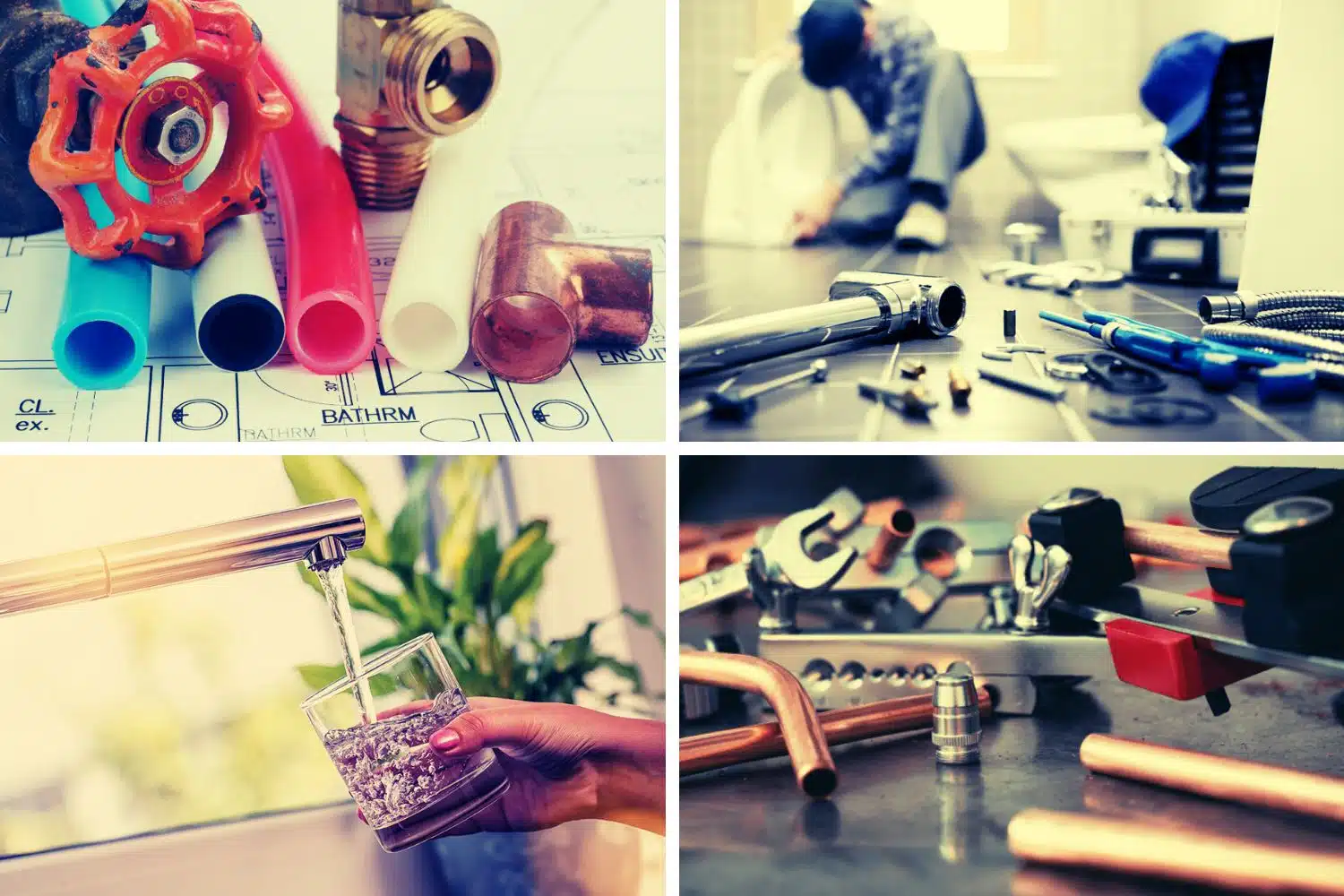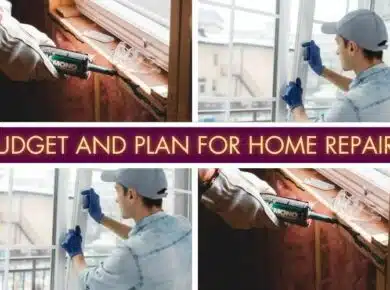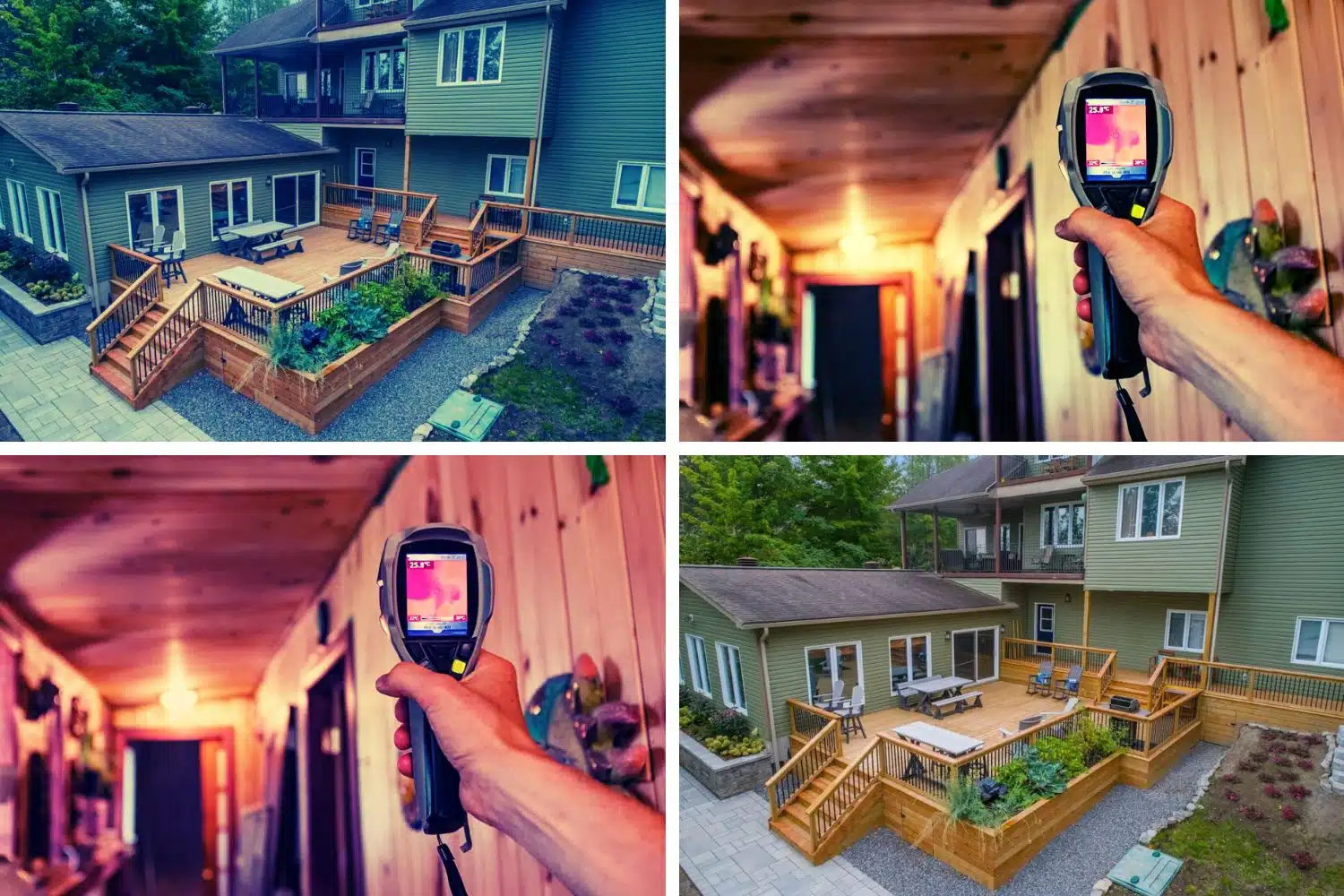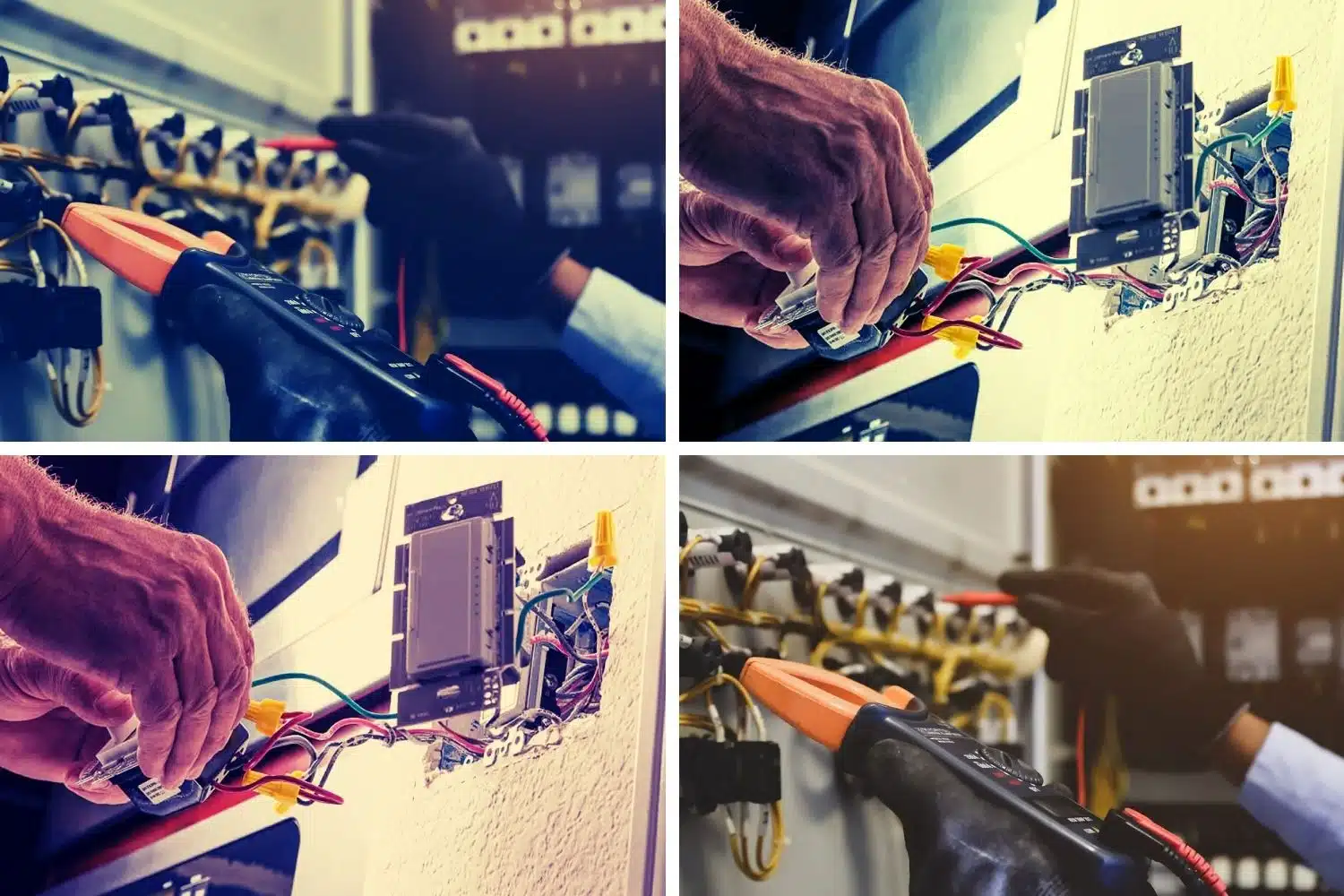Repiping your house can seem daunting, but it’s essential if you’re experiencing issues with your plumbing system. Repiping involves replacing the existing pipes in your home with new ones to ensure that your plumbing system functions efficiently. What Is Involved In Repiping A House? In this ultimate guide, you will find out everything you need to know about repiping a house.
When should you repipe your house?
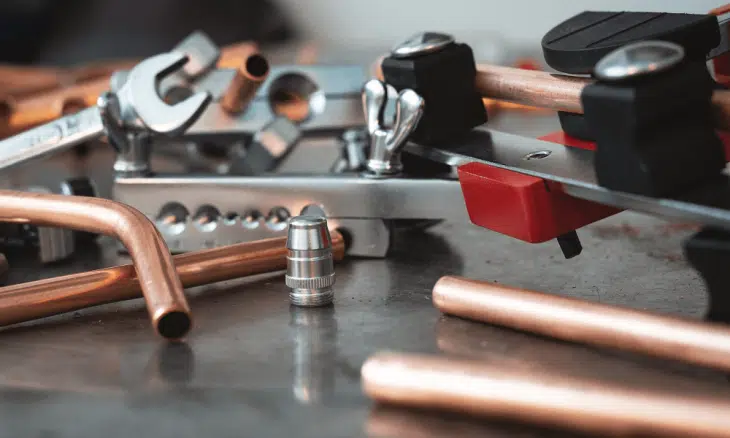
The first step in repiping is determining whether it’s necessary. There are several signs that indicate you need to repipe your house. These include:
- Frequent leaks
- Low water pressure
- Rusty or discolored water
- Strange noises coming from the pipes
- Foul smells coming from the drains
If you face these issues, it’s crucial to have a professional plumber inspect your plumbing system to determine whether repiping is necessary.
Choosing the right pipes
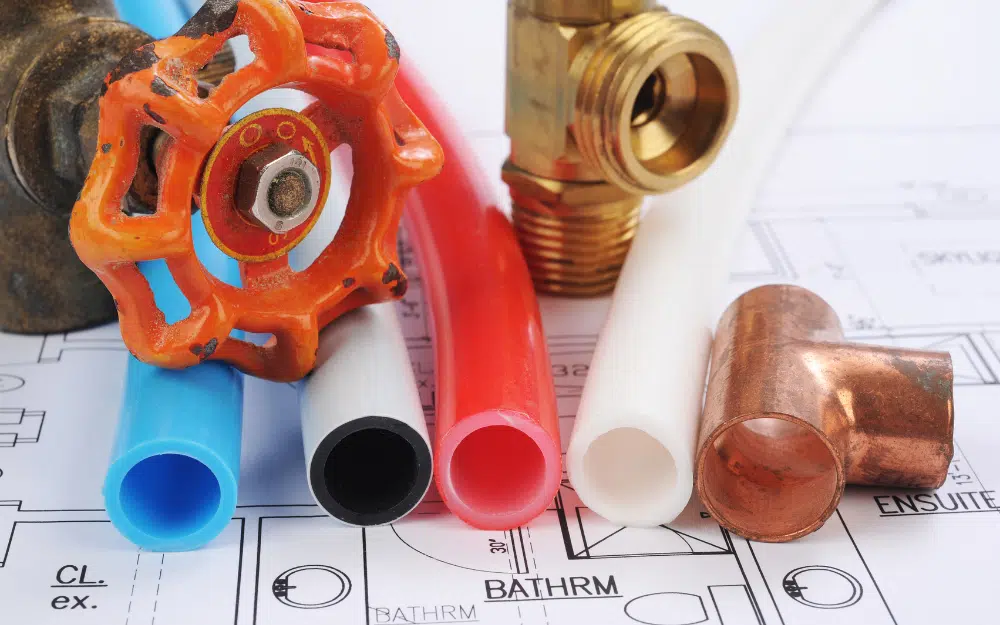
Once you’ve decided to repipe your house, the next step is choosing suitable pipes. There are several types available, including copper, PEX, and CPVC. Each type of pipe has its pros and cons, so it’s essential to choose the one that’s best suited for your home and budget.
Copper pipes are durable and can last for decades, but they are expensive. PEX pipes are flexible and easy to install, but they can be affected by UV rays and may not be suitable for outdoor use. CPVC pipes are affordable and easy to install but may not be as durable as copper or PEX pipes.
Repiping Process
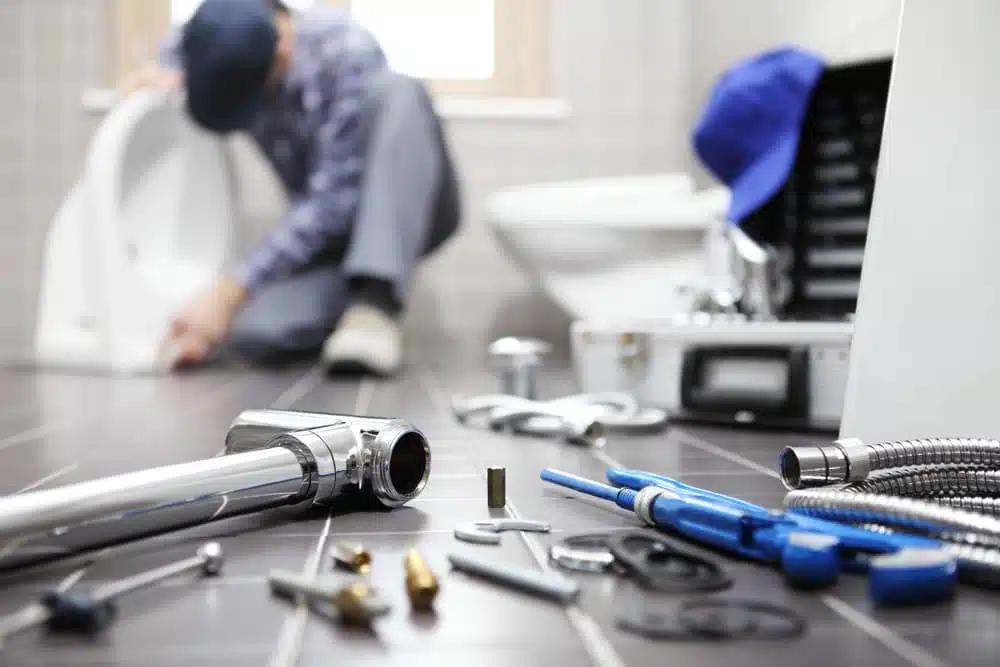
It involves removing your home’s existing pipes and replacing them with new ones. The process typically takes several days to complete and involves several steps:
Preparation
The first step in the repiping process is preparing your home for work. This involves shutting off the water supply, draining the pipes, and protecting your home’s floors and walls.
Removing the old pipes
Once your home is prepared, the next step is removing the old pipes. This involves cutting and removing the existing ones, which can be messy and time-consuming.
Installing the new pipes
After the old pipes are removed, the new pipelines are installed. This involves running new ones through the walls and floors of your home, connecting them to the fixtures, and securing them in place.
Testing
Once the new pipes are installed, they are tested to ensure they function correctly. This involves turning on the water supply and checking for leaks and other issues.
Clean up
Finally, the area is cleaned, and debris is removed from your home.
Benefits of repiping
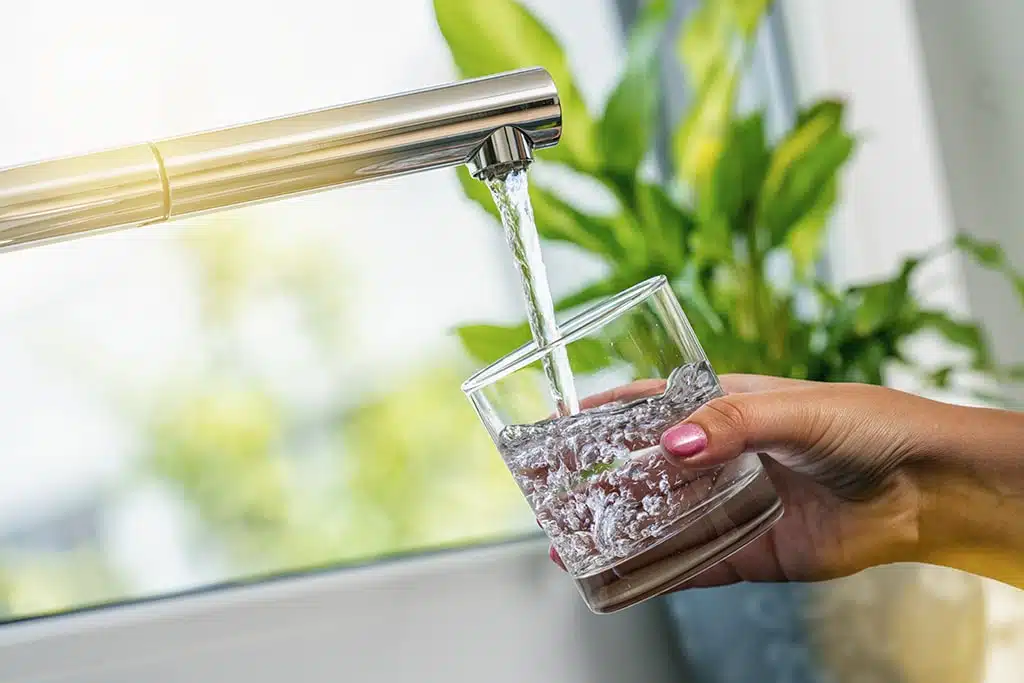
Repiping your house can provide several benefits, including:
- Improved water quality: New pipes can provide cleaner, fresher water free of rust and other contaminants.
- Increased water pressure: Repiping can improve the water pressure in your home, providing better performance from your fixtures and appliances.
- Reduced risk of leaks: New pipes are less likely to leak, reducing the risk of water damage to your home.
- Improved energy efficiency: Repiping can improve the energy efficiency of your home’s plumbing system, reducing
Repiping a house can seem overwhelming, but ensuring that your plumbing system is functioning efficiently and effectively is necessary. Signs that you need to repipe your house include frequent leaks, low water pressure, discolored water, strange noises, and foul smells. Choosing suitable pipes and finding a professional plumber are crucial to the project’s success.
